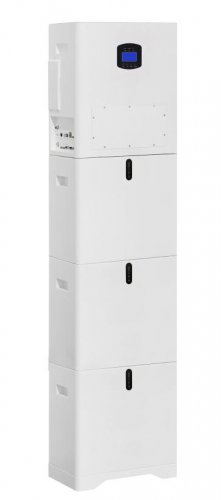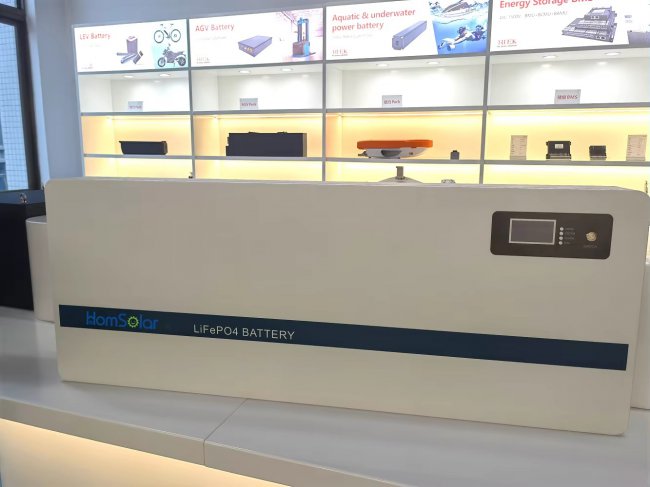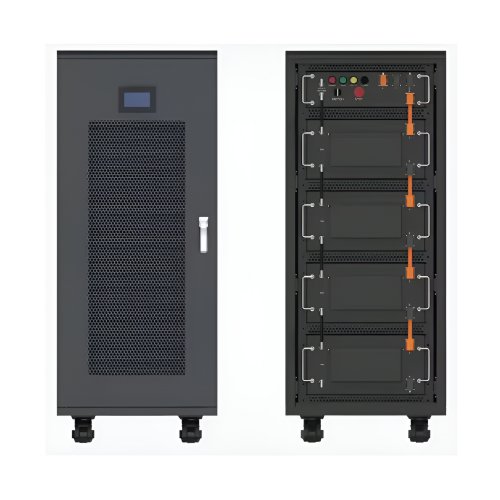How To Use Discharge Characteristics: A Practical Guide For Battery Performance Analysis
Understanding and utilizing discharge characteristics is fundamental for anyone working with electrochemical energy systems, particularly batteries. These characteristics, graphically represented as discharge curves, provide a wealth of information about a battery's health, capacity, voltage behavior, and overall performance under load. This guide will walk you through the process of effectively using discharge characteristics for analysis, troubleshooting, and system design.
Understanding the Basics
Discharge characteristics are typically plotted as voltage versus time or voltage versus capacity (Ah) for a constant discharge current. The curve reveals key parameters:Initial Voltage Drop: A sudden dip from the open-circuit voltage due to internal resistance.Working Voltage Plateau: The relatively stable voltage region where most of the energy is delivered.Cut-off Voltage: The pre-defined minimum voltage at which the discharge is terminated to prevent damage.Capacity (Ah): The total charge delivered from 100% state of charge (SoC) to the cut-off voltage, calculated as current (A) multiplied by time (h).
The slope of the curve, the length of the plateau, and the shape of the final drop are all critical diagnostic indicators.
Step-by-Step Usage Guide
Step 1: Define Your Test Parameters Before initiating a test, clearly define your objectives and set up your equipment accordingly. You will need a programmable battery cycler or a precise electronic load and a data acquisition system.Current Rate: Decide on the discharge current. This is often expressed as a C-rate, where 1C is the current that would discharge the battery in one hour. For example, a 0.5C discharge on a 2000mAh battery is 1000mA.Cut-off Voltage: Set the appropriate cut-off voltage for your battery chemistry (e.g., 3.0V for many lithium-ion cells, 1.75V for lead-acid).Environmental Conditions: Note the ambient temperature, as it significantly impacts the results. For rigorous testing, use a thermal chamber.Sampling Rate: Set a high enough data sampling rate to capture the voltage transient at the beginning and end of the discharge.
Step 2: Execute the Discharge Test Ensure the battery is fully charged using the manufacturer's recommended constant-current constant-voltage (CCCV) method. This establishes a consistent starting point. Connect the battery to your test equipment, double-checking polarity and connections. Start the discharge test and allow it to run until the equipment automatically stops at the cut-off voltage.
Step 3: Data Collection and Plotting The test equipment will log voltage, current, and time. Export this data to a spreadsheet or data analysis software. Create two primary plots: 1. Voltage vs. Time: Useful for understanding runtime. 2. Voltage vs. Capacity (Ah): Essential for comparing capacity across different tests and currents, as it normalizes the time axis.
Step 4: Analysis and Interpretation This is the core of using discharge characteristics.Capacity Calculation: Calculate the delivered capacity. A decrease in capacity compared to the rated or a previous test indicates aging or degradation.Internal Resistance Estimation: The initial voltage drop (ΔV) can be used to estimate internal resistance (R) using Ohm's law: R = ΔV / I. An increasing ΔV over time suggests growing internal resistance.Voltage Stability: A flat and stable voltage plateau indicates good performance and low impedance. A sloping plateau can be characteristic of certain chemistries like LiFePO4 or a sign of high internal resistance.Compare Curves: Overlay discharge curves from the same battery over its lifetime or compare different batteries. This visual comparison quickly highlights performance shifts.
Practical Tips and Techniques
1. Use Multiple C-Rates: Conduct discharge tests at various currents (e.g., 0.2C, 0.5C, 1C, 2C). This helps you model the battery's behavior under different load conditions and identify the Peukert effect (capacity reduction at high currents). 2. Monitor Temperature: Always record temperature. A battery that runs hotter during discharge than it used to is likely experiencing increased internal resistance. 3. Check for "Knees" in the Curve: A sudden, sharp drop in voltage (a "knee") can signal the end of discharge. The position and sharpness of this knee change with age and discharge rate. 4. State of Health (SoH) Tracking: Regularly logging discharge curves is the most accurate way to track battery State of Health. A 20% loss in delivered capacity (from initial) often signifies the end of a battery's useful life. 5. Modeling: Use the discharge curve data to create equivalent circuit models for simulating battery behavior in larger systems.
Important Precautions and NotesSafety First: Always operate within the battery's specified limits. Over-discharging below the cut-off voltage can cause irreversible damage, lead to lithium plating (in Li-ion cells), or even create safety hazards. Work in a well-ventilated area and use appropriate protective equipment.Chemistry Matters: The guidelines for cut-off voltage and C-rate are highly dependent on chemistry (e.g., Li-ion, NiMH, Lead-Acid). Always refer to the manufacturer's datasheet.Rest Periods: After charging and before discharging, allow the battery to rest for an hour or two. This allows the voltage to stabilize and provides more consistent results.Cycle Life Impact: Remember that every full discharge cycle contributes to aging. For cycle life testing, this is the goal, but for routine analysis, avoid unnecessary deep discharges.System vs. Cell Level: These principles apply to individual cells and battery packs. However, in a pack, the curve represents the sum of all cells. A abnormal curve could indicate a single failing cell, which may require further investigation.
By systematically applying these steps and considerations, discharge characteristics become a powerful and indispensable tool for evaluating, comparing, and predicting battery performance, ultimately leading to safer and more efficient energy storage solutions.
Customized/OEM/ODM Service
HomSolar Supports Lifepo4 battery pack customization/OEM/ODM service, welcome to contact us and tell us your needs.


HomSolar: Your One-stop LiFePO4 Battery Pack & ESS Solution Manufacturer
Our line of LiFePO4 (LFP) batteries offer a solution to demanding applications that require a lighter weight, longer life, and higher capacity battery. Features include advanced battery management systems (BMS), Bluetooth® communication and active intelligent monitoring.

Customised Lithium Iron Phosphate Battery Casing
ABS plastic housing, aluminium housing, stainless steel housing and iron housing are available, and can also be designed and customised according to your needs.

HomSolar Smart BMS
Intelligent Battery Management System for HomSolar Energy Storage System. Bluetooth, temperature sensor, LCD display, CAN interface, UART interface also available.


Terminals & Plugs Can Be Customized
A wide range of terminals and plugs can be customised to suit the application needs of your battery products.

Well-designed Solutions for Energy Storage Systems
We will design the perfect energy storage system solution according to your needs, so that you can easily solve the specific industry applications of battery products.



About Our Battery Cells
Our energy storage system products use brand new grade A LiFePO4 cells with a battery lifespan of more than 4,000 charge/discharge cycles.



Applications in Different Industries
We supply customized & OEM battery pack, assemble cells with wiring, fuse and plastic cover, all the cell wires connected to PCB plug or built BMS.
Applications: E-bike, Electric Scooter, Golf Carts, RV, Electric Wheelchair, Electric Tools, Robot Cleaner, Robot Sweeper, Solar Energy Storage System, Emergency Light, Solar Power Light, Medical Equipment, UPS Backup Power Supply.
We can provide you with customized services. We have the ability to provide a vertical supply chain, from single cells to pack/module and to a complete power solution with BMS, etc.


HomSolar (Shenzhen) Technology Co., Ltd
























